Abu Qubeis Castle : Tucked high in the scenic hills of western Syria, Qalaat Abu Qubeis (قلعة أبو قبيس) is one of the lesser-known but most captivating medieval fortresses in the Hama Governorate. Overlooking the Orontes River and nestled within a dense pine forest, this historical site combines breathtaking natural beauty with the raw majesty of Crusader-era military architecture. For adventurous tourists, history enthusiasts, and lovers of off-the-beaten-path destinations, Abu Qubeis Castle offers an authentic and serene journey into Syria’s past.
| Feature | Info |
|---|---|
| Location | Abu Qubeis village, near Hama, Syria |
| Type | Medieval hilltop fortress |
| Built | Originally constructed around the 10th–11th century |
| Historical Role | Strategic stronghold overlooking the Orontes Valley |
| Architecture | Stone masonry, defensive towers, fortified walls |
| Condition | Partially preserved, some sections ruined due to age & conflict |
| Best Viewpoint | Panoramic views of surrounding villages and countryside |
| Cultural Significance | Witness to Byzantine, Islamic, and Crusader periods |
| Visiting Tips | Wear sturdy shoes, best visited in spring or autumn |
Location and How to Get There
Abu Qubeis Castle is located in the northwestern countryside of Hama, approximately 50 kilometers from the city of Hama and near the town of Al-Suqaylabiyah. The village of Abu Qubeis, which shares its name with the fortress, is situated just below the castle. From Hama, visitors can take the road toward Masyaf, then follow a winding route through green hills and villages until reaching the base of the mountain where the fortress sits.
To access Abu Qubeis Castle:
- A private car or taxi is the most practical method.
- The road to the village is paved, but the final ascent to the castle is on foot.
- The hike takes around 15–20 minutes and requires moderate physical fitness, though the path is well-trodden and scenic.
Historical Background
Origins and Strategic Role
Abu Qubeis Castle is believed to have Byzantine and early Islamic foundations, though it rose to prominence during the Crusader and Ayyubid periods (11th–13th centuries AD). Its strategic location atop a rocky hill allowed it to control the surrounding valleys and monitor the trade and military routes between the coastal cities and the Syrian interior.
Its position made it part of the network of fortresses that defended the region from Crusader incursions and later became integrated into the defense lines of the Ayyubid and Mamluk dynasties. While it was not as large or as famous as Krak des Chevaliers or Masyaf Castle, Abu Qubeis served as a regional stronghold and watchtower, playing a vital role in communication and defense.
Architecture and Layout
Mountain Fortress Design
Abu Qubeis Castle is a classic hilltop fortress, built with local stone and adapted to the rocky contours of the mountain. Though much of the outer wall is now in ruins, the general outline of the castle can still be seen clearly. It was built in multiple levels, with terraces, inner courtyards, and defensive towers arranged along the slope.
Defensive Structures
Remnants of thick defensive walls, turrets, and arched gateways are visible, especially on the southern and western flanks. These fortifications were designed to resist siege weapons and provide multiple lines of defense.
Residential and Utility Areas
Within the castle, ruins of stone chambers, storage rooms, and cisterns can be found. These spaces served as living quarters, food storage, and water collection systems, vital for surviving during long sieges.
Views and Vantage Points
The top of the castle offers 360-degree panoramic views of the countryside, with the Orontes Valley to the east, forested hills to the west, and the mountains of the Al-Ghab Plain in the distance. It’s one of the best spots in the region for landscape photography and reflection.
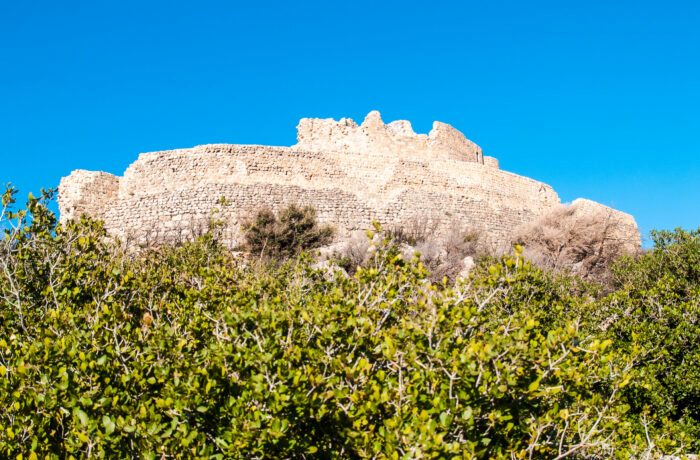
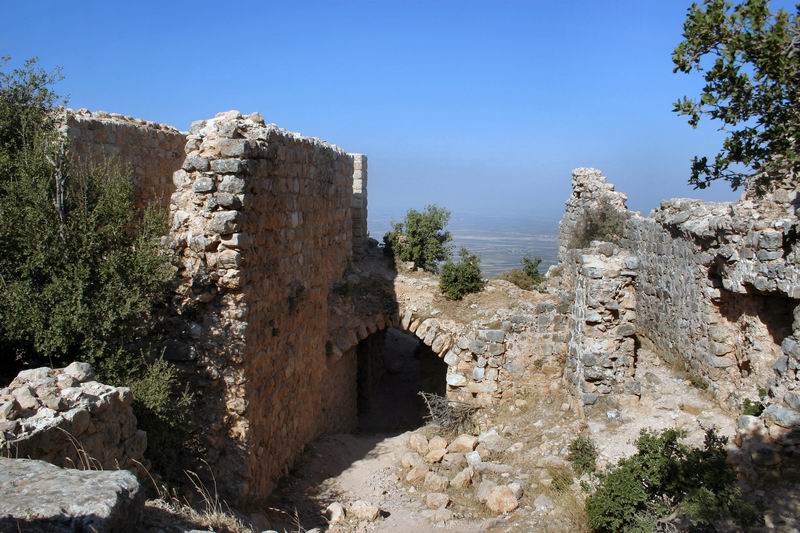
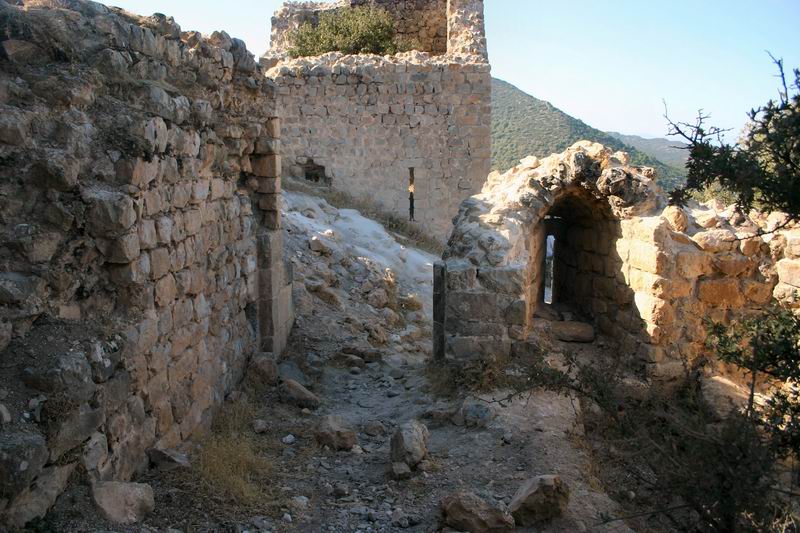
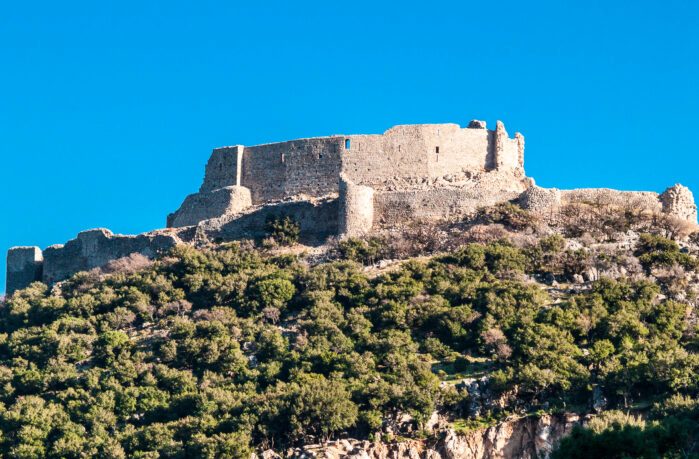

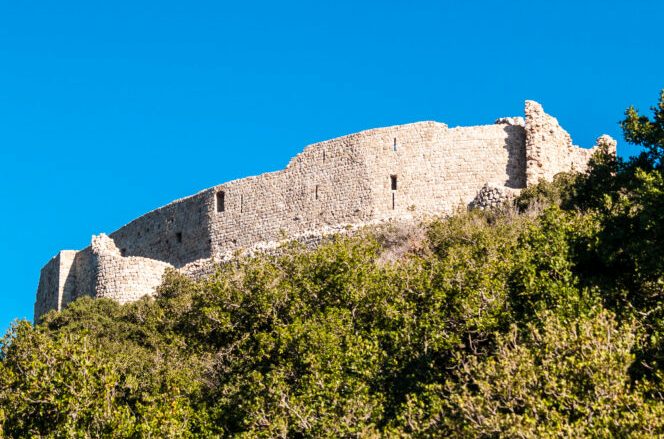
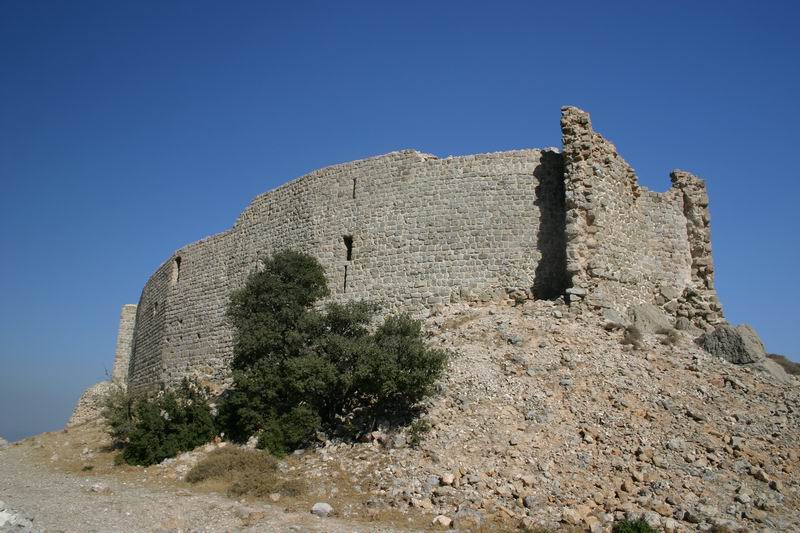

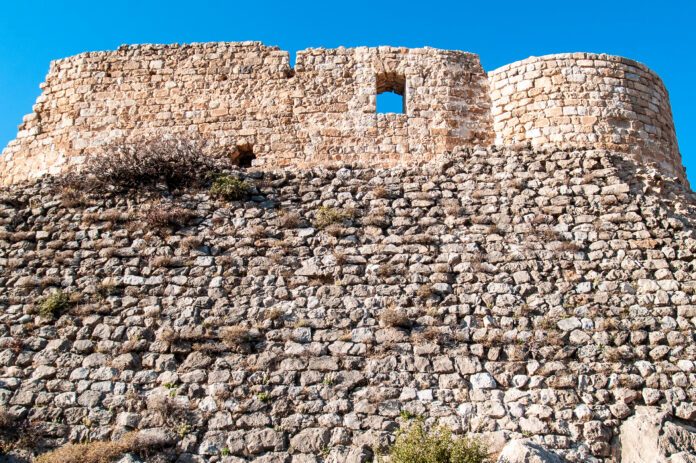
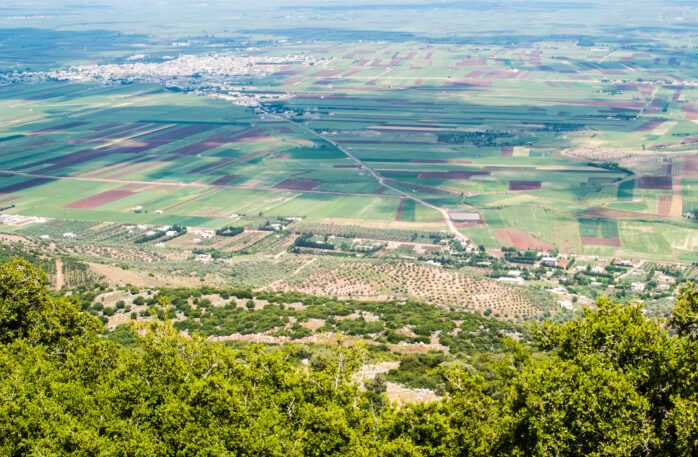
What to Expect During Your Visit
Visiting Abu Qubeis Castle is not a touristy, packaged experience—it’s raw, real, and rewarding. You’ll likely have the entire site to yourself, which adds to the magic and the quiet grandeur of the place.
Here’s what to expect:
- No entry fee – the site is open-access and ungated.
- No tourist infrastructure – no restrooms, cafés, or visitor centers, so plan accordingly.
- No official guides – but friendly locals from the village may accompany you or offer insight.
- Clean mountain air and nature – the forested landscape and birdsong make it a peaceful escape.
Be sure to:
- Wear hiking shoes with good grip for uneven ground.
- Bring plenty of water, especially in warmer months.
- Carry a hat, sunscreen, and camera—the views are not to be missed.
- Use offline maps or GPS, as mobile signal may be weak in some areas.
Best Time to Visit
The best time to explore Abu Qubeis Castle is during the spring (March to May) and autumn (September to November) when the weather is pleasant and the hills are green. In spring, the area is especially beautiful with wildflowers and blooming trees. Summer can be hot, especially during midday, but the higher elevation keeps it cooler than nearby lowlands. Winter is cooler, and although snow is rare, the trail can become slippery after rain.
Cultural Atmosphere and Local Community
The village of Abu Qubeis beneath the castle is home to a warm and welcoming community. The villagers are known for their hospitality and deep pride in their historical site. Many families have lived there for generations and can share oral histories and legends about the castle.
Locally produced goods, such as olive oil, herbs, and traditional breads, are sometimes available if you visit during the right season. While it’s not a commercial tourist spot, visitors often find authentic and meaningful interactions here.
Nearby Attractions
Abu Qubeis Castle is located in a region rich with other cultural and historical landmarks. Consider visiting these nearby sites:
- Qalaat Masyaf: An impressive Ismaili fortress with a museum, just 30 km away.
- Apamea (Afamia): An ancient Roman city with colonnaded streets and vast ruins.
- Wadi al-Ghab: A lush valley ideal for nature lovers and photographers.
- Hama: Home to the iconic Norias (water wheels) and a charming old city.
- You can easily build a one- or two-day itinerary around Abu Qubeis and these attractions.
Is It Safe to Visit?
As of the most recent reports, the area around Abu Qubeis Castle is considered safe and stable, particularly for domestic and regional tourists. However, it’s always best to:
- Check with local authorities or a tour operator before visiting.
- Travel during daylight hours.
- Inform someone of your travel plans.
- Carry ID and sufficient supplies.
If you’re a foreign visitor, it is recommended to coordinate your visit through an approved travel agency or with local guides who understand the current situation.
Why Visit Qalaat Abu Qubeis?
Abu Qubeis Castle is a destination for those who appreciate history, solitude, and authenticity. It’s not polished or commercialized, and that’s precisely its charm. The untouched ruins, the majestic views, and the connection to a layered past offer a travel experience that is soulful and memorable.
Whether you’re a photographer seeking dramatic landscapes, a historian chasing forgotten fortresses, or a traveler seeking something different—this castle invites you to pause, breathe deeply, and imagine the stories carried by these ancient stones.
Conclusion
Abu Qubeis Castle is one of Syria’s hidden treasures—silent, proud, and breathtaking. Though it may not have the fame of larger castles, its beauty lies in its authenticity and intimacy with nature. A visit here offers more than just sightseeing; it offers immersion in Syria’s soul, a reminder of resilience, and a quiet moment above the world.
Finally.. If you have any questions, please contact us. To explore further, visit our Facebook Syria collection for rare images and cultural highlights.
Sources & References:
UNESCO – World Heritage Centre: https://whc.unesco.org
Archnet – Architecture & Heritage Database: https://www.archnet.org
World History Encyclopedia: https://www.worldhistory.org
Syrian Heritage Archive Project: https://syrian-heritage.org
Global Encyclopedia: Wikipedia


